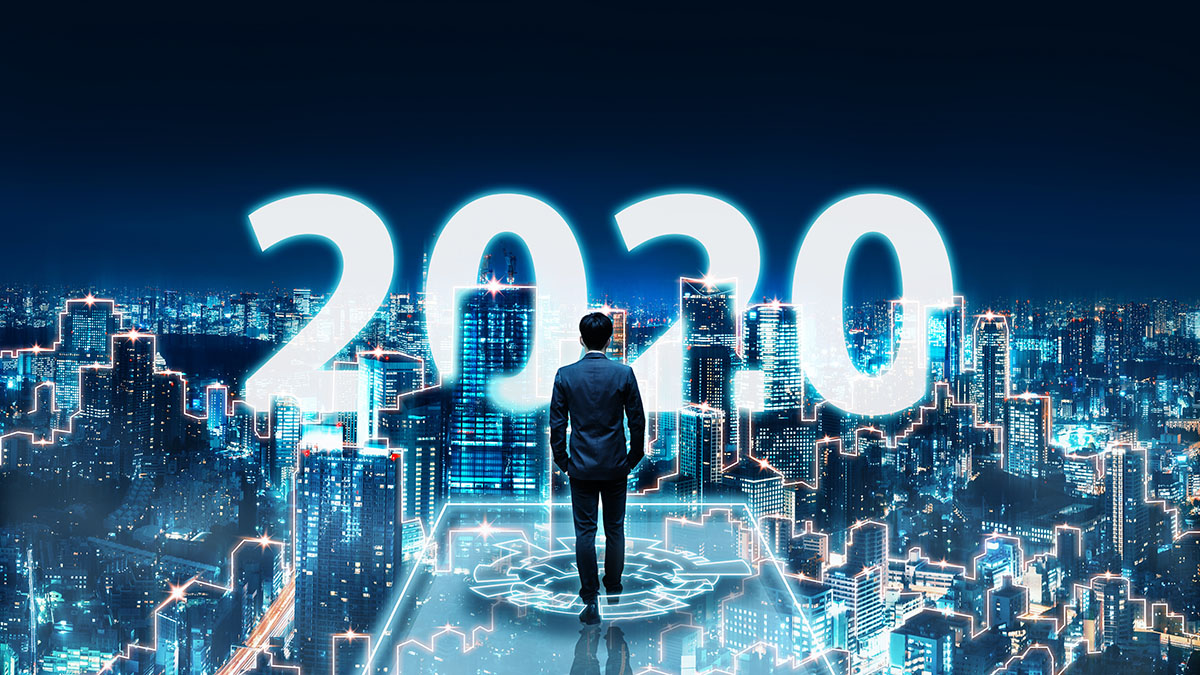
IPRO Chats with George Socha About eDiscovery Trends for 2020
It’s that time again where everyone is posting their predictions on the most important trends in eDiscovery for the new year. Luckily, I had the good fortune to recently speak with one of the industry’s leading voices, George Socha, about where he thinks the focus will be in 2020.
He targeted three areas which are emerging, expanding, and going to “hugely change the eDiscovery landscape we face.”
Here are some of the highlights:
Mobile:
“If you think of how we live our lives today – how we communicate with people and the device we constantly have with us, tracking communications, giving us access to data, tracking where we go, what we do, what we buy, what websites we visit – it’s with our mobile devices.
“And If the goal of eDiscovery, of discovery in litigation and investigations, is to figure out what happened, you have to get to the content on those devices, and the content not on but available through those devices.
“All too often, the cost and inconvenience of collecting mobile data is an insurmountable barrier. Then the next barrier we must get past is in processing that data in a way that actually makes it available and usable on a reliable basis. And then after that, the display of that content within the tools we use for analyzing and reviewing it, so it can be worked with intelligibly.”
AI:
“There is the AI we use today in eDiscovery: different names for supervised machine learning, where you say, ‘This is what I like’ and then you say to the system, ‘Now go find more of that for me’; and then there is unsupervised machine learning, which makes things such as email threading possible.
“Which takes us to the AI we’re not using or not using so much yet. The forms of predictive analytics, for example, that could in theory guide us so that if you are answering a complaint, you work with a system that has a wealth of information about previous complaints and answers to complaints, and it suggests to you what answer you might want to put together, and then lets you go from there. That’s just one potential example. The range of possibilities is enormous and includes not only what we can do for litigation, but what we can do in virtually every other area of the practice of law. But we’re still on the beginning of the up-ramp for that, and we’ve got a long way to go.”
The Cloud:
“The cloud, for eDiscovery purposes, is important in two different ways. First, the cloud is where so much of the data we need to get at is stored today. A very high percentage of corporations of all sizes have data in the cloud. I’ve seen numbers that range anywhere from 40% or so to 92% and higher, but whether it’s 40% or 90%, that’s a pretty high percentage, and for discovery purposes will have to be treated as 100%. How do you find that data? How do you gain access to it? Can you use it where it’s stored for eDiscovery purposes or do you need to port that data or some portion of it over for use at another location?
“Then the other side is, are the eDiscovery systems you use operating in the cloud. Do they store data in the cloud, operate locally, or are they a hybrid of the two? Increasingly, I think we’re going to see systems that are exclusively operating in the cloud and storing data primarily in the cloud with data available locally for convenience purposes.”


